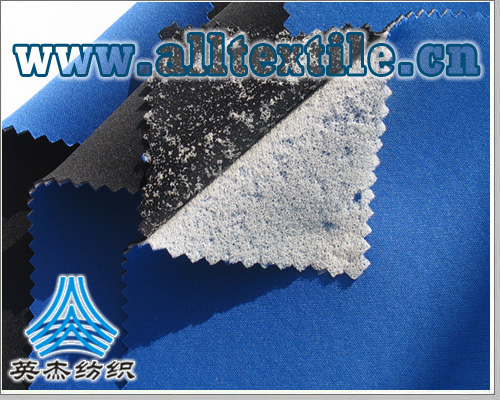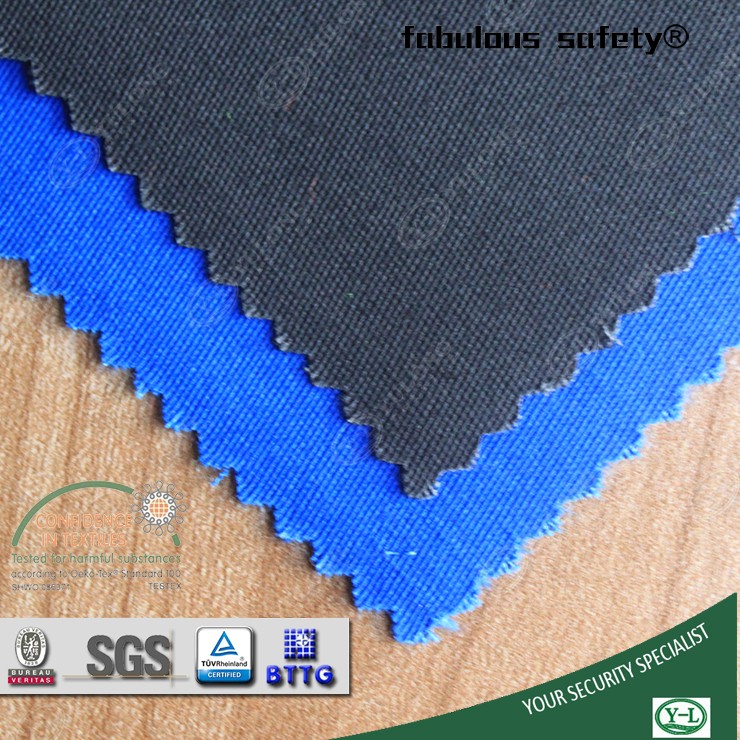Flame retardant fabrics are widely used in petroleum, chemical, hotel and other industries. So how to choose flame retardant fabrics is a problem for many people. Many times we will check online when choosing flame retardant fabrics, but many technical terms are very difficult to understand. The expression of these terms makes the burning phenomenon of flame retardant fabrics more rigorous and intuitive, and we can clearly understand the condition of the product by learning and understanding the terms. Let's learn some terminology below.
(1)Burning: The oxidation exothermic reaction produced when the combustible material leaves the fire source, accompanied by the luminous phenomenon of the flameless burning area with flames.

(2) Burning: combustible material in contact with the source of fire, the solid phase state of the flameless combustion process, accompanied by the phenomenon of burning area luminescence.
(3) afterburning: combustible material leaving the fire source, there is still continuous flaming combustion.
(4) negative combustion: after the burning material leaves the source of fire, there is still continuous flameless combustion.
(5) flaming combustion: the phenomenon of gas-phase combustion accompanied by luminescence.
(6) smoldering combustion: a lightless visible, usually with the slow burning phenomenon of smoke.
(7) ignition temperature: under the specified test conditions, so that the material begins to burn continuously at a lower temperature, usually called the ignition point.
(8) pyrolysis: the irreversible chemical decomposition of materials at high temperatures without oxidation.
(9) molten drops: material at high temperatures molten drops.

(10) charring: material in the process of pyrolysis or incomplete combustion, the formation of charcoal residue process.
(11) flame retardant: a material has the property of preventing, slowing down or terminating the flaming combustion.
(12) flame spread: the expansion process of the flame front.
(13) damage length: under the specified test conditions, the material damage area in the specified direction of the greater length, usually also known as the char length.
(14) limit oxygen index (L0I): in the specified test conditions, so that the material to maintain the burning state of the lower concentration of oxygen in the nitrogen-oxygen mixture required.
Contact: Jeanne yang(MISS)
Phone: 13912652341
E-mail: [email protected]
Add: Room A2216/A2217,Double-Star Building,No 567 New South Middle Road, KunShan City JiangSu Province ,China.